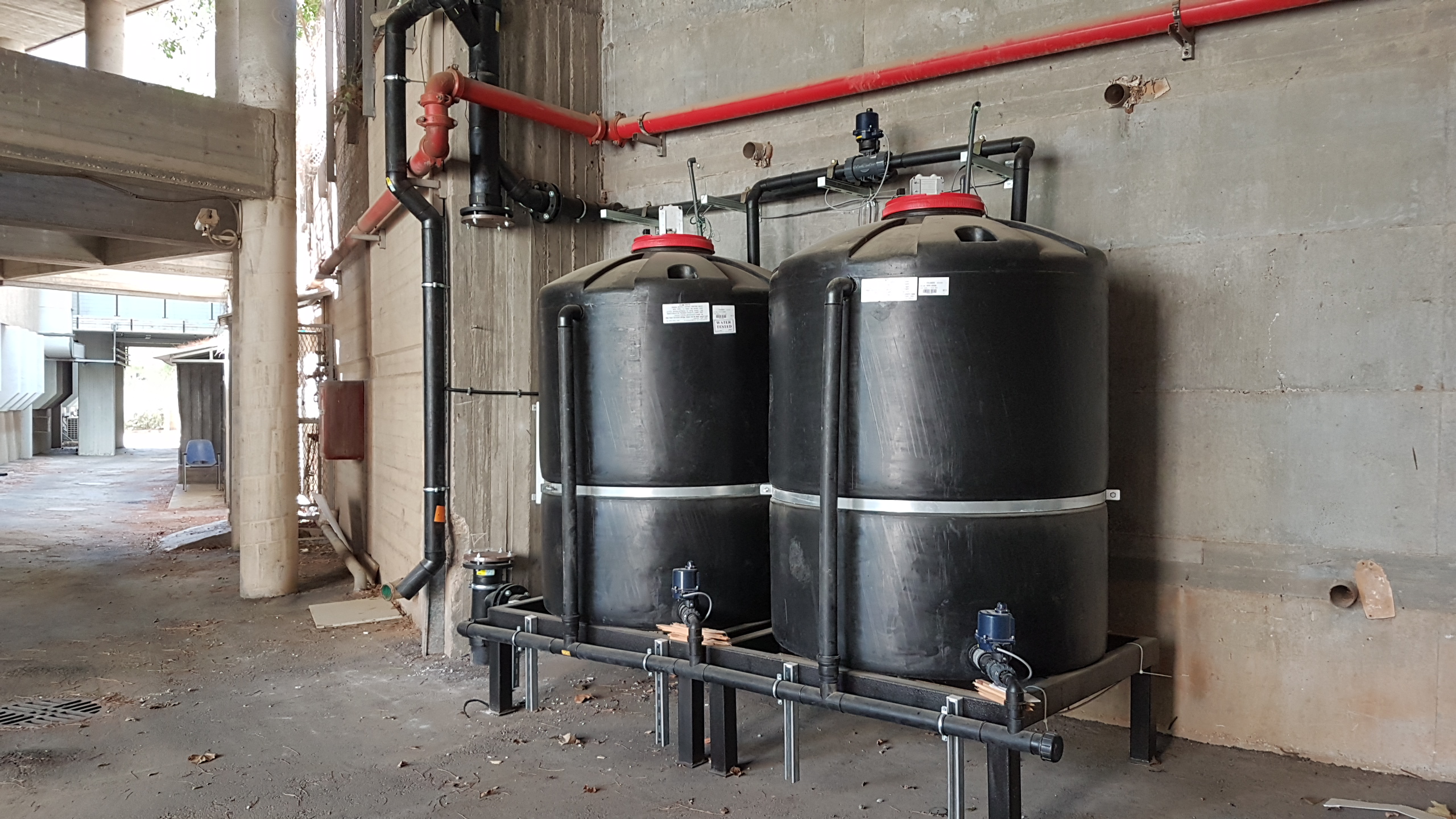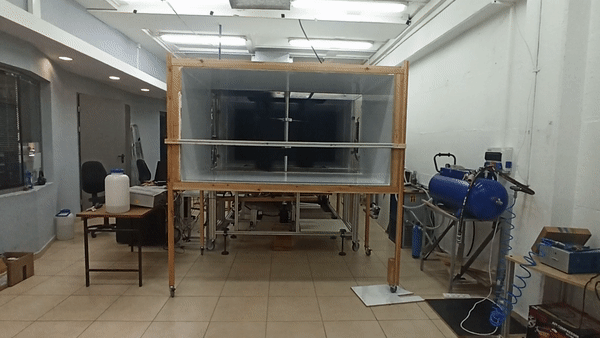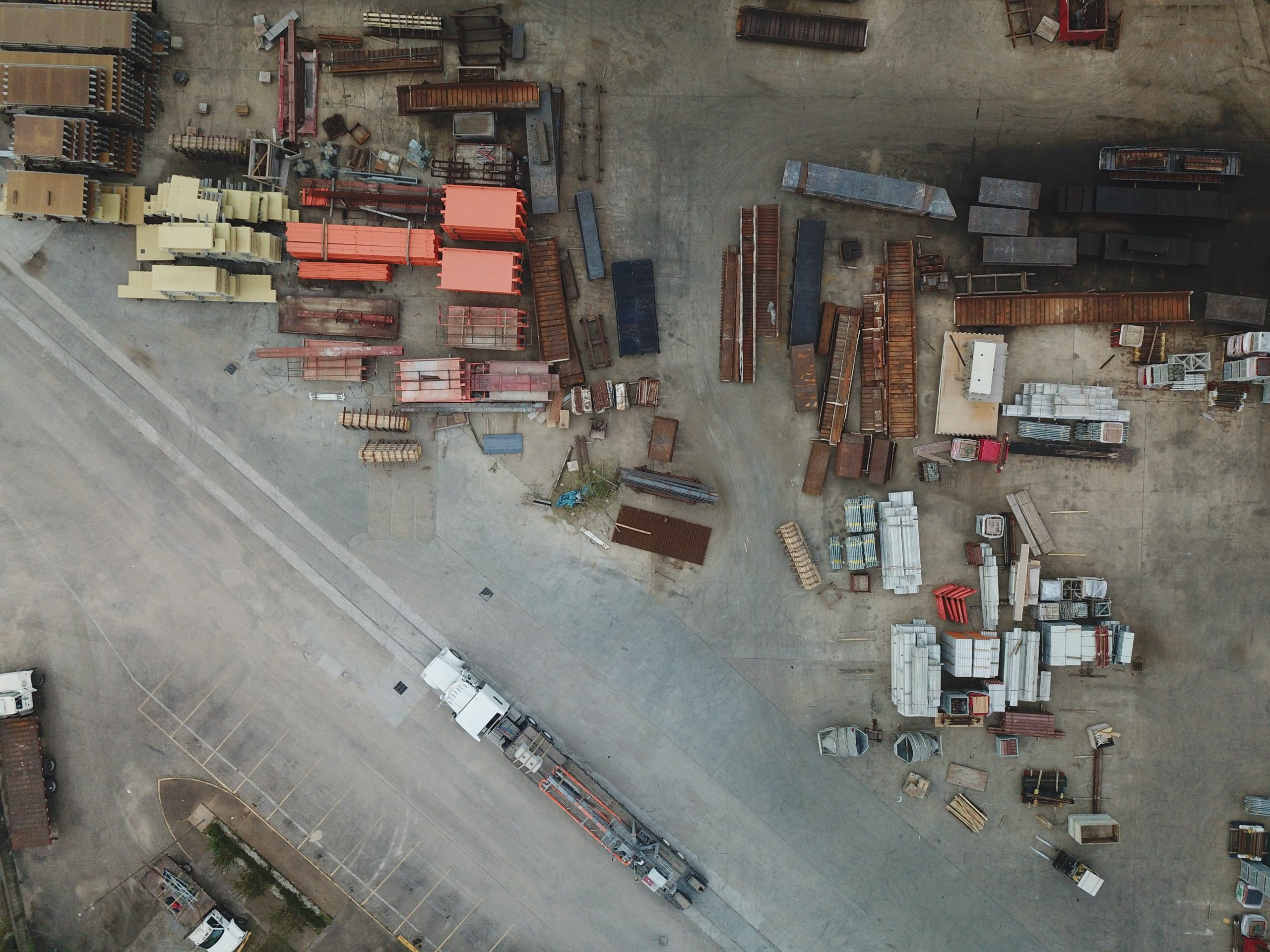Too much water for the Kinneret?
April 30, 2020Since the beginning of the year, the Sea of Galilee (Kinneret) has been rising at a consistent rate. Over the last couple of weeks, the water level has been pushing closer and closer to the “upper red line,” reaching a 16-year high. Such an extreme rise does not come without ecological implications
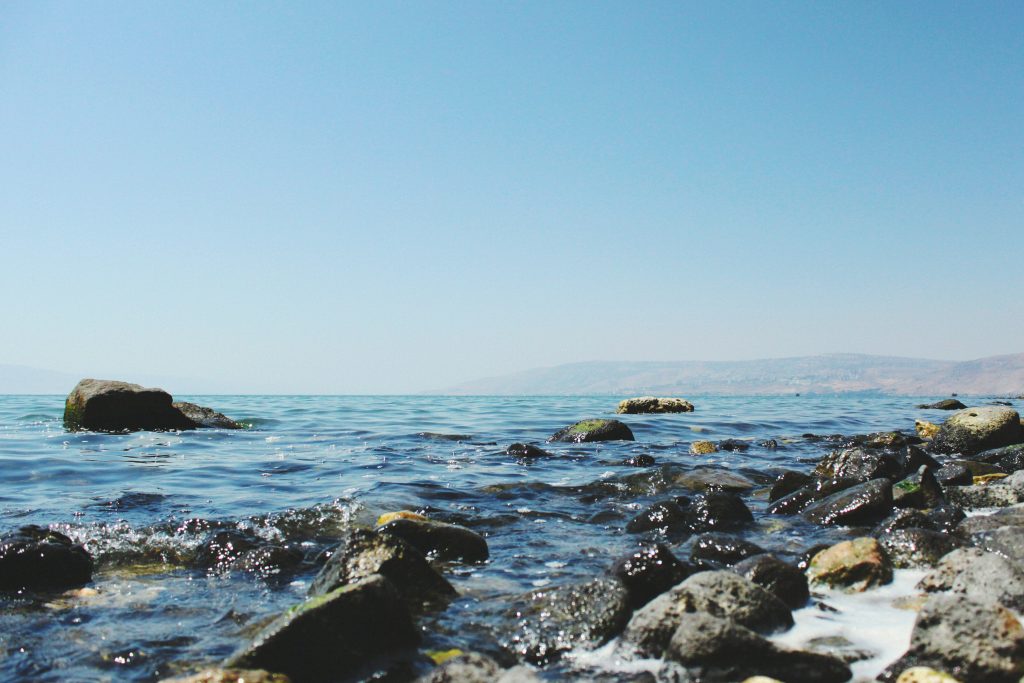
Recent history has not exactly been kind to the Kinneret, which had seen significant fluctuations in its water level over the past 70 years. Water level decline during the 1980s and 1990s can be attributed to an increased demand for freshwater from population growth as well as climatic and anthropogenic (human-induced) changes from agricultural and industrial development.
Until only 15 years ago, the lake was one of Israel’s primary sources of drinking water as the country’s first large scale desalination facility was not built before 2005. In the last few years, a 5-year drought in the Kinneret basin, caused the pumping to virtually stop. In 2019, the lake supplied only 30 million cubic meters of water, a fraction of Israel’s national water demands, while only a decade and a half earlier, it was a vital water source for the country’s survival.
Due to anthropogenic changes, the Kinneret experienced cycles of water outflow and inflow over the years. The draining of the Hula Valley in the 1950s caused many changes in the water characteristics of the Kinneret, located 25 km downstream from this valley. However, the completion of the Hula Valley restoration in 1998, deflected water draining from the Kinneret back to this valley, thus causing water levels to decrease.
In the early 2000s, the lake registered record lows with water levels frequently dropping below the “ lower red line” of 213 meters below sea level (the level at which pumping more water can cause ecological damage). In November of 2001, the Kinneret reached an all-time low water level of −214.87 meters below sea level. However, after 2012, the Israel Water Authority has been able to keep the water level between 213 meters below sea level and 209 meters below sea level.
While the Kinneret has been negatively impacted by many factors in recent history, lately, the lake has made positive headlines because of a water level rise to only 13 cm below the “upper red line” of 208.80 meters below sea level. If the water crosses that point, it might cause flooding in the surrounding city of Tiberias and infrastructure.
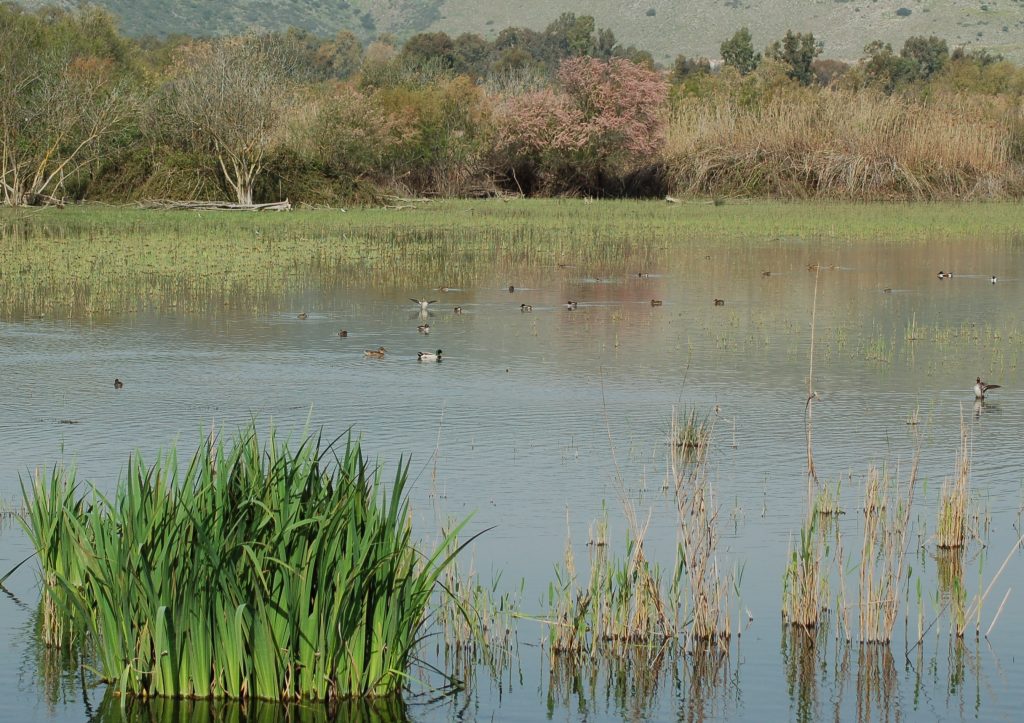
Winter floods and phytoplankton bloom
According to Assaf Sukenik, a senior researcher at the Israel Oceanographic and Limnological Research Institute, the major driving forces behind the changing water levels of the Kinneret are precipitation and evaporation, which impact the salinity and the nutrient content of the lake.
“This year, we’ve seen a large influx of water into the Kinneret, which has a significant effect on the quantity of nutrients in the lake and, thus, on the organisms living in the lake,” says Sukenik.
According to Sukenik, extensive vegetation around the lake has been growing during the lower water-level times and expanded close to the shorelines. Most of this vegetation became submerged during the past few months, as the lake’s water level kept rising. As a result, these plants have started to die and decompose, thereby increasing the concentration of nutrients in the water.
“However, this might only be a temporary effect as it will only take a year or two until the submerged vegetation completely disappears if the water stays at the same level,” Sukenik says.
Normally, an increase in nutrients leads to phytoplankton (oxygen-producing algae and cyanobacteria) bloom. In this context, Sukenik talks about “good phytoplankton,” in this case, dinoflagellates, and “bad phytoplankton,” the cyanobacteria. “There are two groups of phytoplankton that affect the health of the Sea of Galilee. The good ones are dinoflagellates, which have a beneficial impact on the ecosystem of the lake,” explains Sukenik. “Some cyanobacteria species, however, that are competing with the dinoflagellates in the Lake Kinneret are notorious for the production of toxins, thus jeopardize the quality of the lake water and their suitability as a source for drinking water,” he adds.
According to Sukenik, the dinoflagellates seem to outcompete the cyanobacteria this year, as a limited harmful cyanobacteria blooms have been observed.
Under the current conditions, Sukenik anticipates another ecological effect from the influx of water to the Sea of Galilee – a growing fish population. “We expect an increase in sardine populations on account of the enhanced spawning ground for this species,” Sukenik says. Although more fish could be regarded as a positive side-effect of the increased water level of the Kinneret, there is a drawback to that development. “ Overproduction of sardines might lead to the overconsumption of zooplankton and destabilize food web of the lake,” he continues.
“Nonetheless, what we can see at the moment is a fewer cyanobacteria blooms, an improvement in water quality, and a reduction in salinity, which is great news for the overall state of the lake,” Sukenik adds.
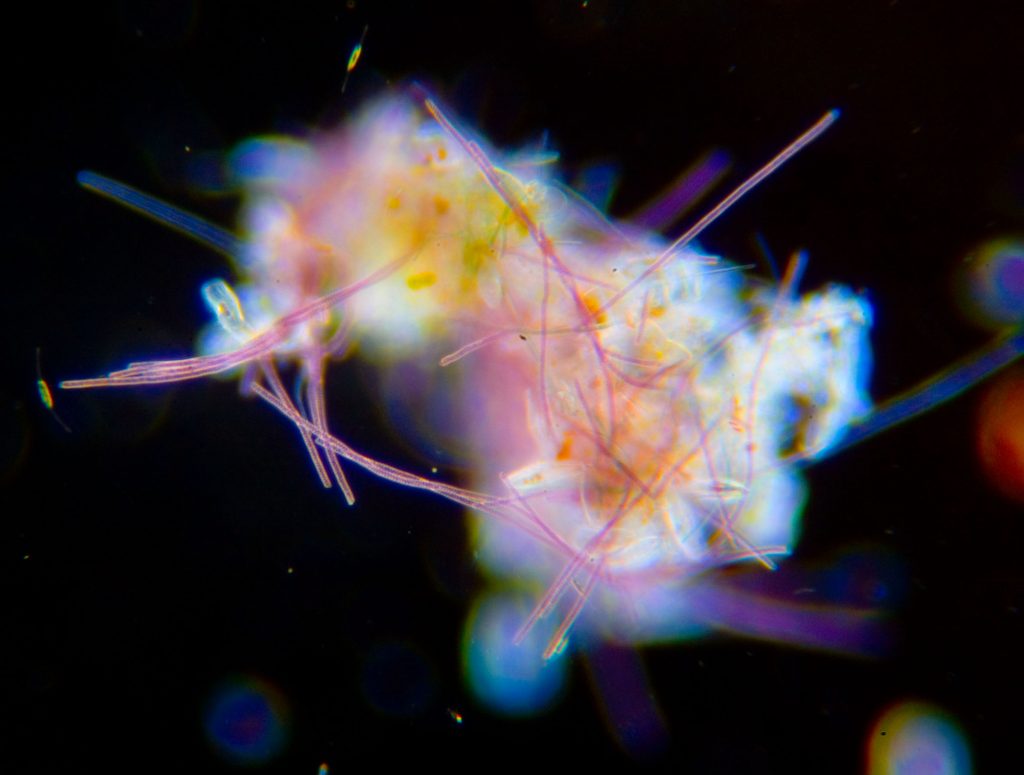
The human factor
While more water in the Sea of Galilee is generally good for a country that is already stricken by water scarcity, the flooding of the lake might adversely affect human activity in the vicinity. If strong seasonal winds push the high water over the banks of the lake, it could reach adjacent populated areas.
“In places like Tiberias, many restaurants, shops, and hotels are located very close to the shoreline. If the winds pick up, flooding might occur, and some of those facilities could potentially experience damage,” says Sukenik. “However,” Sukenik stresses, “those incidents always depend on the strength of the wind as well as the timing. Other than that, I don’t see any risk of damage”.
From an economic point of view, Sukenik also points out that if not for COVID-19, the Sea of Galilee would have seen a thriving tourist season this spring, which undoubtedly has a positive impact on local businesses.
“I am sure that tourism at the Sea of Galilee would be flourishing right now during Passover and Independence Day, and it remains to be seen if things go back to normal until the summer.”
While Sukenik is optimistic regarding the current state of the lake, he says that the unusually high water level this year is most likely a single event. “Although the last two years have had relatively wet winters with a lot of precipitation, the general trend shows that consecutive drought years have become longer and more frequent. That’s what we have seen in the past, here in Israel, and this will most likely be the trend in the future, too,” he concludes.
This ZAVIT article was also published in The Jerusalem Post on 04/24/2020.
